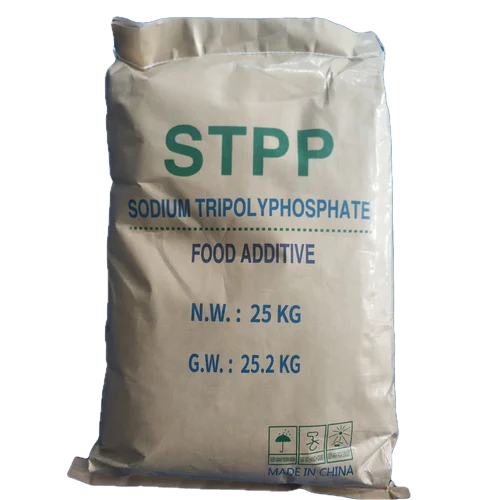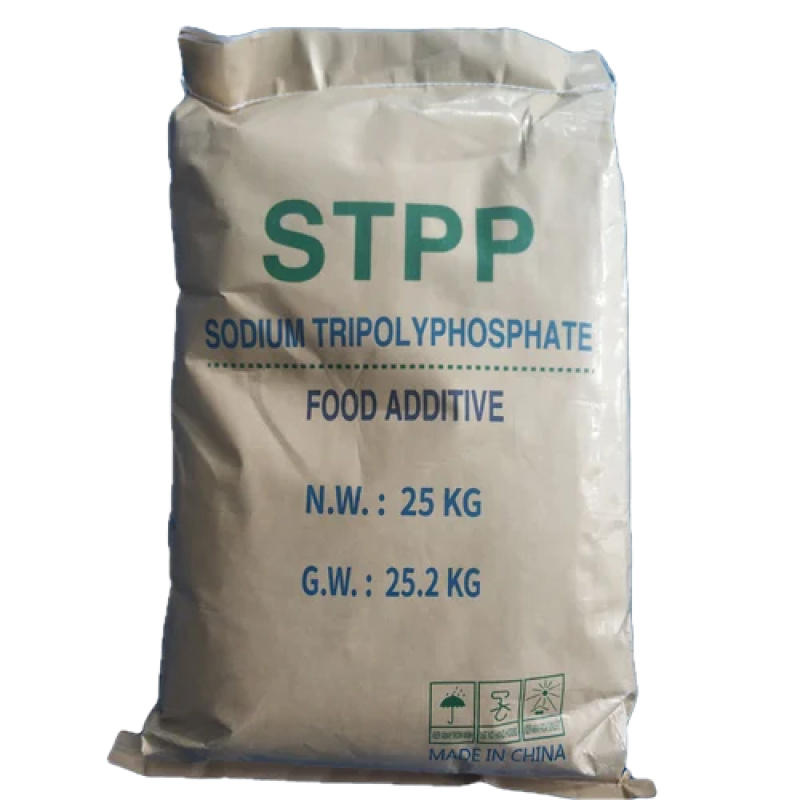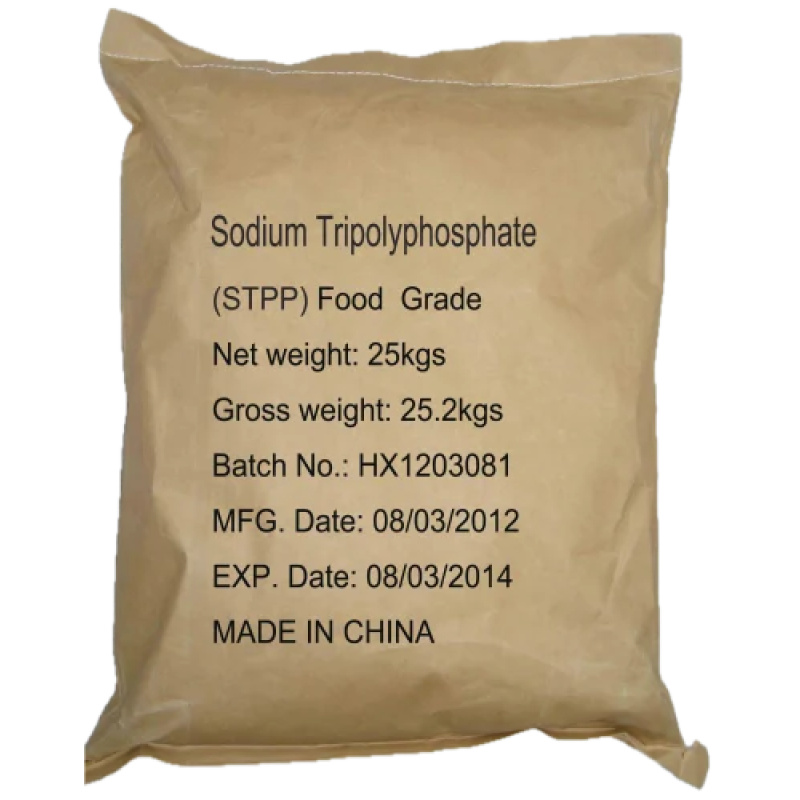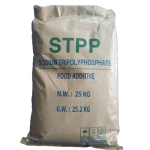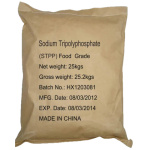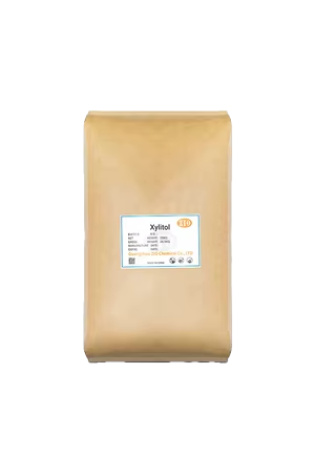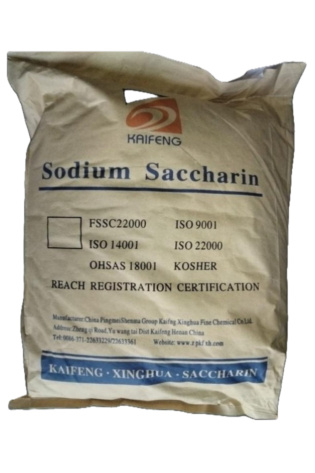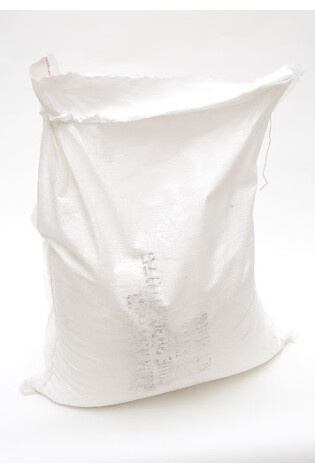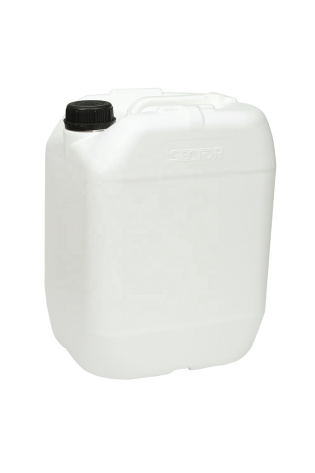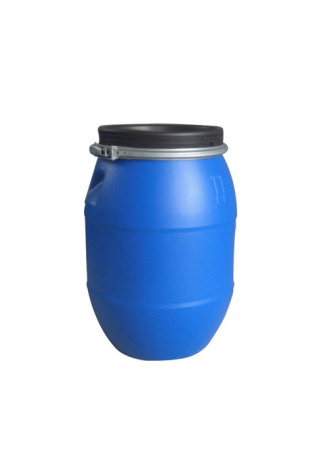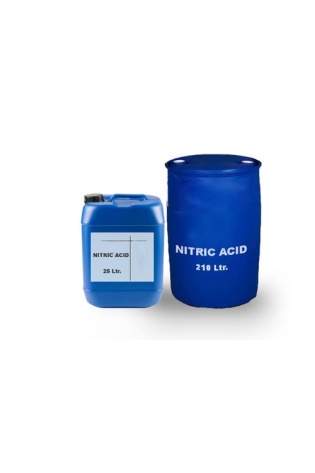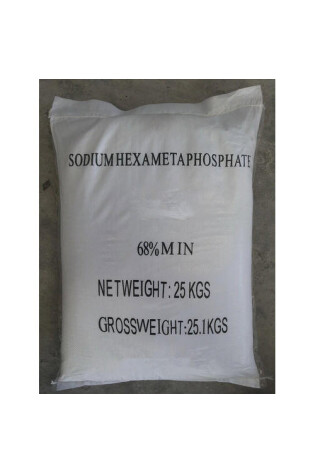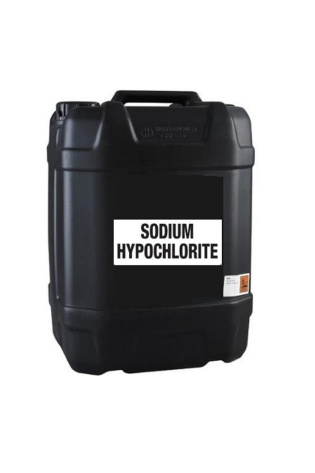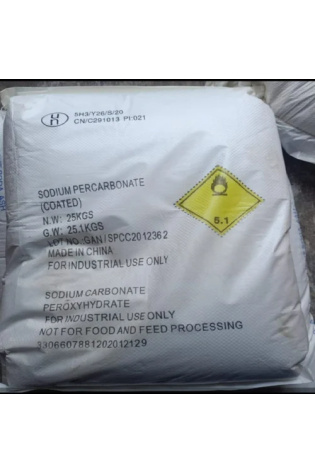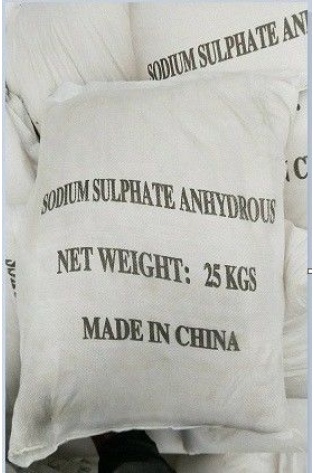Sodium Tripolyphosphate Food Grade
Sodium Tripolyphosphate (STPP) Food Grade
Sodium Tripolyphosphate (STPP) food grade is a versatile additive primarily used in the processing of meat, poultry, and seafood to enhance texture, improve moisture retention, and act as a preservative, while also serving as an emulsifier in processed cheeses.
Sodium Tripolyphosphate (STPP) Food GradeKey uses of STPP food grade:
Moisture Retention: STPP helps to bind water within meat, poultry, and seafood products, reducing drip loss during processing and cooking, and maintaining quality and weight.
Preservation: It acts as a preservative, helping to maintain the natural color of meat and fish products and extending their shelf life by inhibiting lipid oxidation.
Emulsification: In products like processed cheeses, STPP helps to stabilize the emulsion, preventing separation of fats and liquids and improving melt characteristics.
Texture Improvement: STPP improves the texture of processed foods, preventing meat, poultry, and fish from becoming greasy or falling apart during heating.
pH Regulation: It can also be used as a pH regulator in certain food products.
Antioxidant: STPP functions as an antioxidant, particularly in emulsified systems, by preventing lipid oxidation.
Sodium Tripolyphosphate Food Grade
Specific Applications:
Meat, Poultry, and Seafood: STPP is commonly added to products like shrimp, fish fillets, sausages, and other meat products to improve water retention, texture, and appearance, and to prevent shrinkage during thawing or cooking.
Processed Cheese: It serves as an emulsifier to ensure even melting and a smooth texture in processed cheeses.
Cereal and Grain Products: While STPP’s primary role is in meat and seafood, phosphates, including STPP, are also used in cereal and grain products as chemical leavening agents in baked goods like cakes, cookies, and muffins.
Sodium Tripolyphosphate Food Grade
